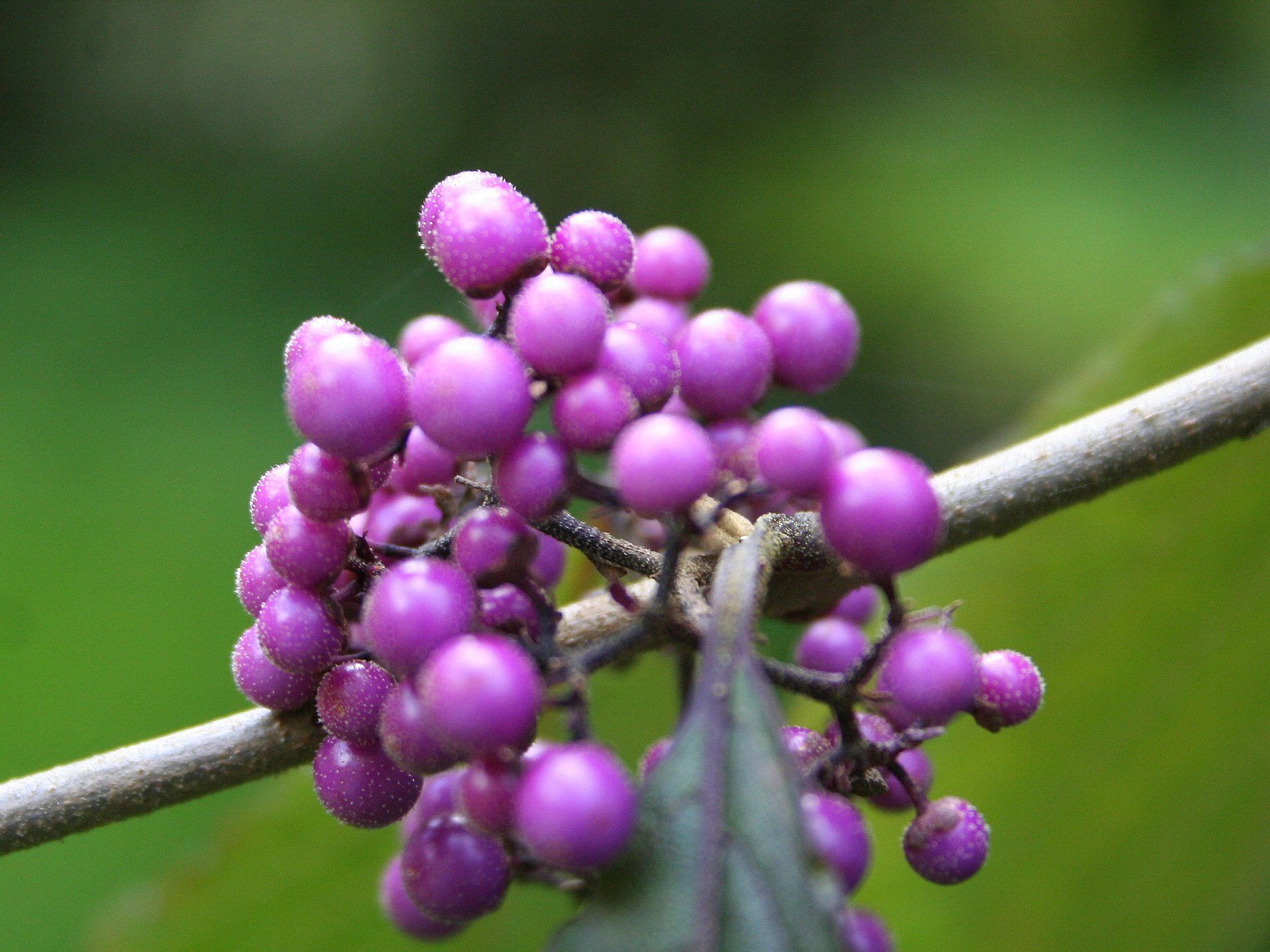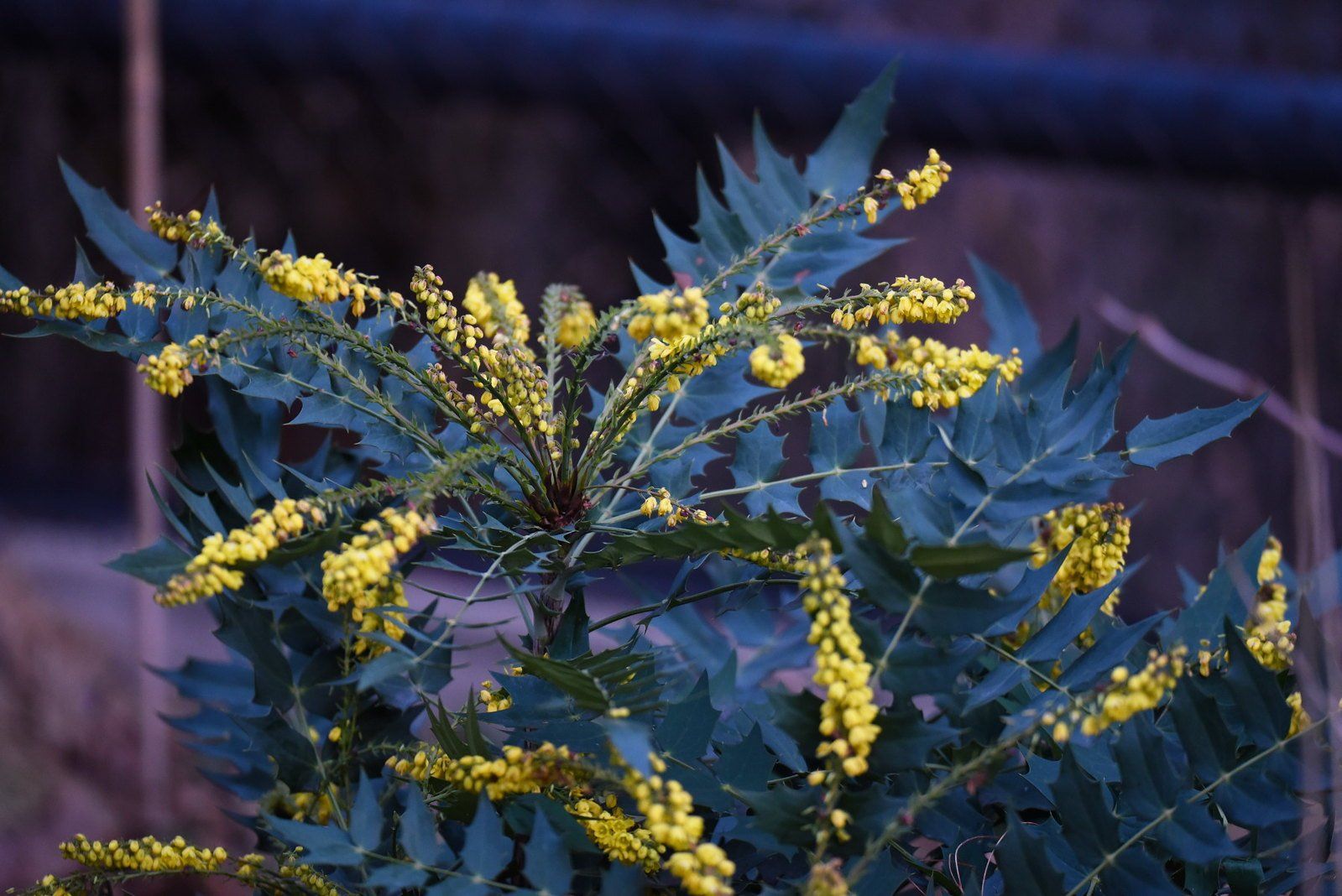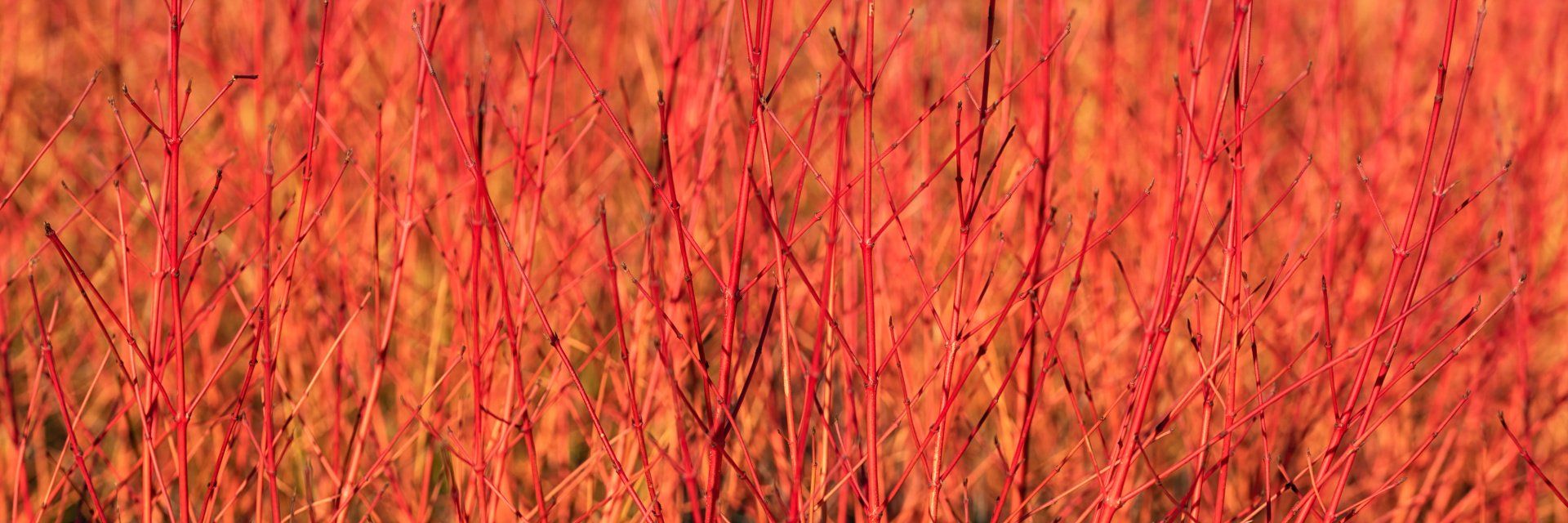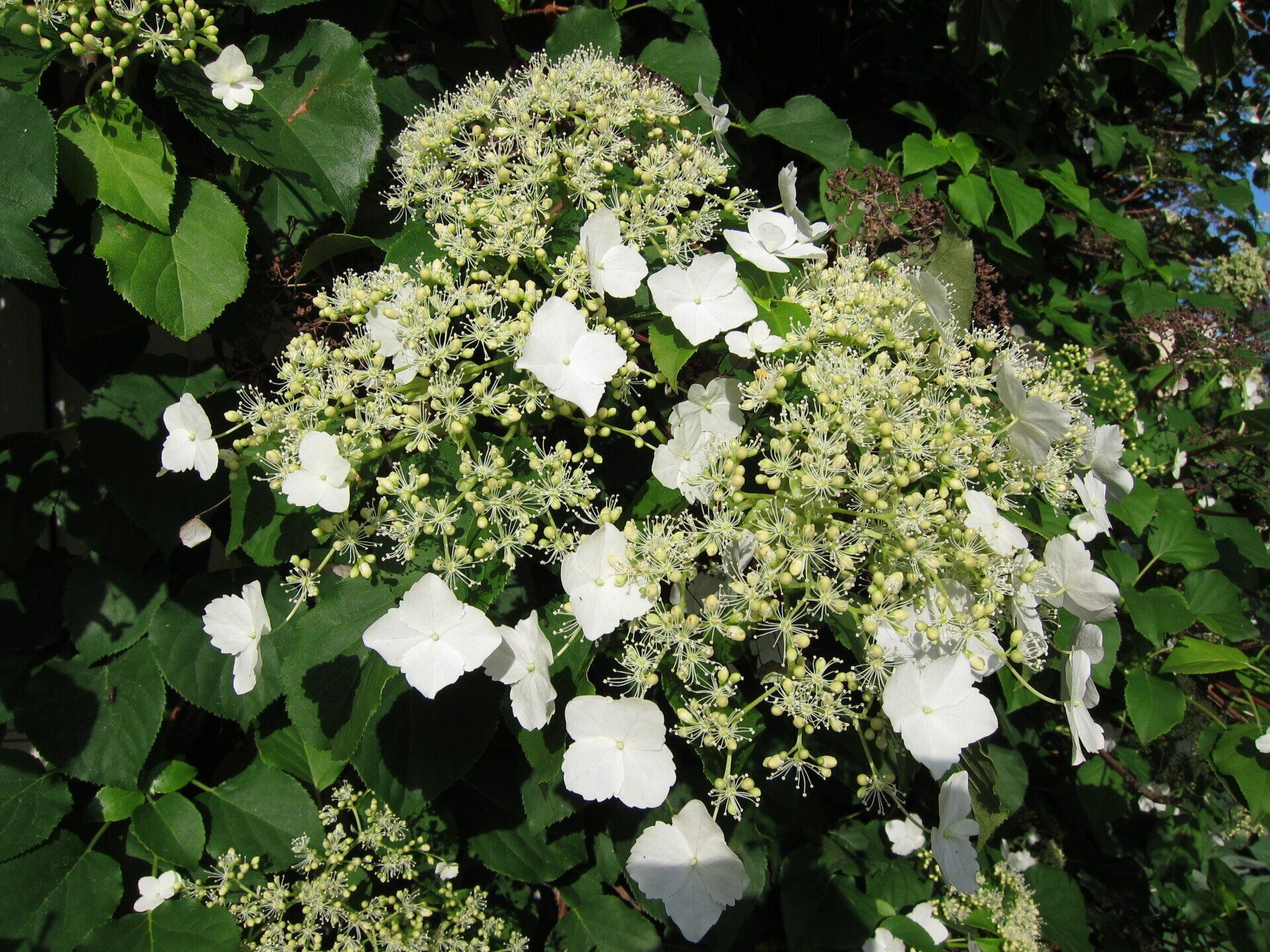Plant of the Week: Hydrangea
Climbing Hydrangea (Hydrangea petiolaris) is a hardy, low-maintenance, climbing vine plant ideal for north or east-facing walls and other shady areas of the garden.
It is deciduous, which means it loses its leaves in the winter after its dark green foliage gradually turns an attractive yellow in the autumn.
In late spring and early summer, climbing hydrangea provides an attractive bloom of fragrant white flowers in domed-shaped clusters, which will attract beneficial pollinating insects such as bees.
H. petiolaris is native to woodland in parts of Japan and Korea, where it grows on trees and rocks. The plant has been cultivated in Asia for many thousands of years but first appeared in Europe around 1830 when German doctor and botanist Philipp Franz von Siebold arrived in Antwerp harbour after two historic trips to mainland Japan.
The genus name ‘Hydrangea’ is derived from the Greek word hydor meaning ‘water’ and aggeion, meaning ‘vessel’, which is a reference to the shape of the plants vase-like seed capsules. The species name ‘petiolaris’ is a reference to the plant's long petioles, which are the stalks that join the leaves to the stem.
H. petiolaris prefer moist but well-drained soil but will not take well to exposed locations and young growth is prone to frost damage. Initially, train the shoots using wire mesh or trellis along a wall or sturdy fence for a season of growth before the self-clinging aerial roots begin to form.
If provided with ample space, the plant can reach a maximum height of 12 metres and a spread of 8 metres, although this may take up to 15 years. If grown directly on masonry walls, it will not damage the surface of the wall but may leave behind a sticky residue if removed. However, its aerial roots are not as strong as some other wall-climbing vines so it is often anchored with supplemental gardening ties.
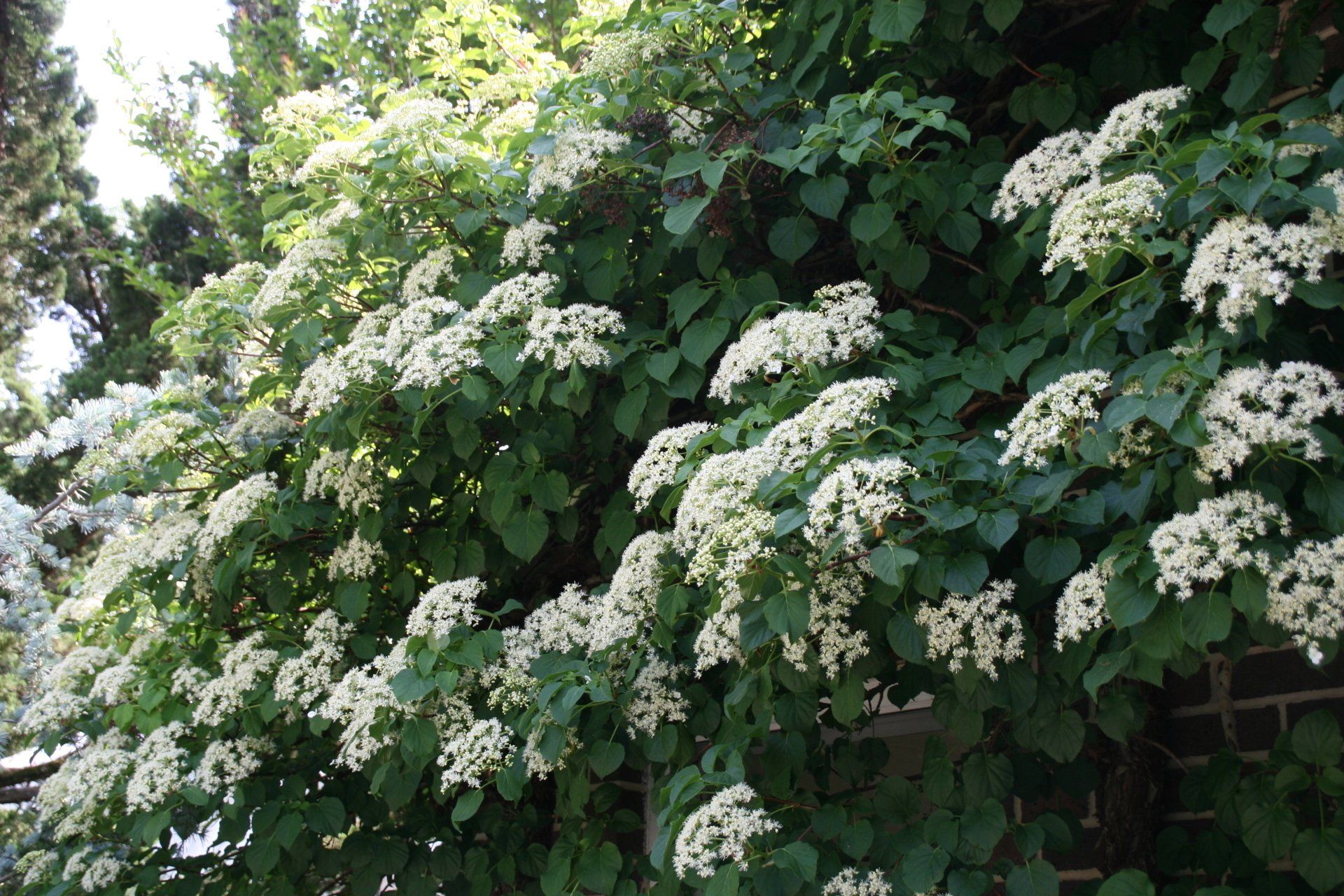
Overlong shoots may be cut back to a new pair of buds immediately after flowering but pruning should be kept to an absolute minimum, especially towards the top of the plant, as this will also negatively impact the number of flowers produced.
Do not feed either, as this will encourage leafy growth at the expense of flowers but do remember to mulch annually in spring with well-rotted manure or compost to keep your hydrangea healthy. The best time to plant them is in spring or autumn when the soil is warm and there is plenty of moisture available.
Want to learn more about plants and gardening?
Find out more about our weekly
Garden group.
